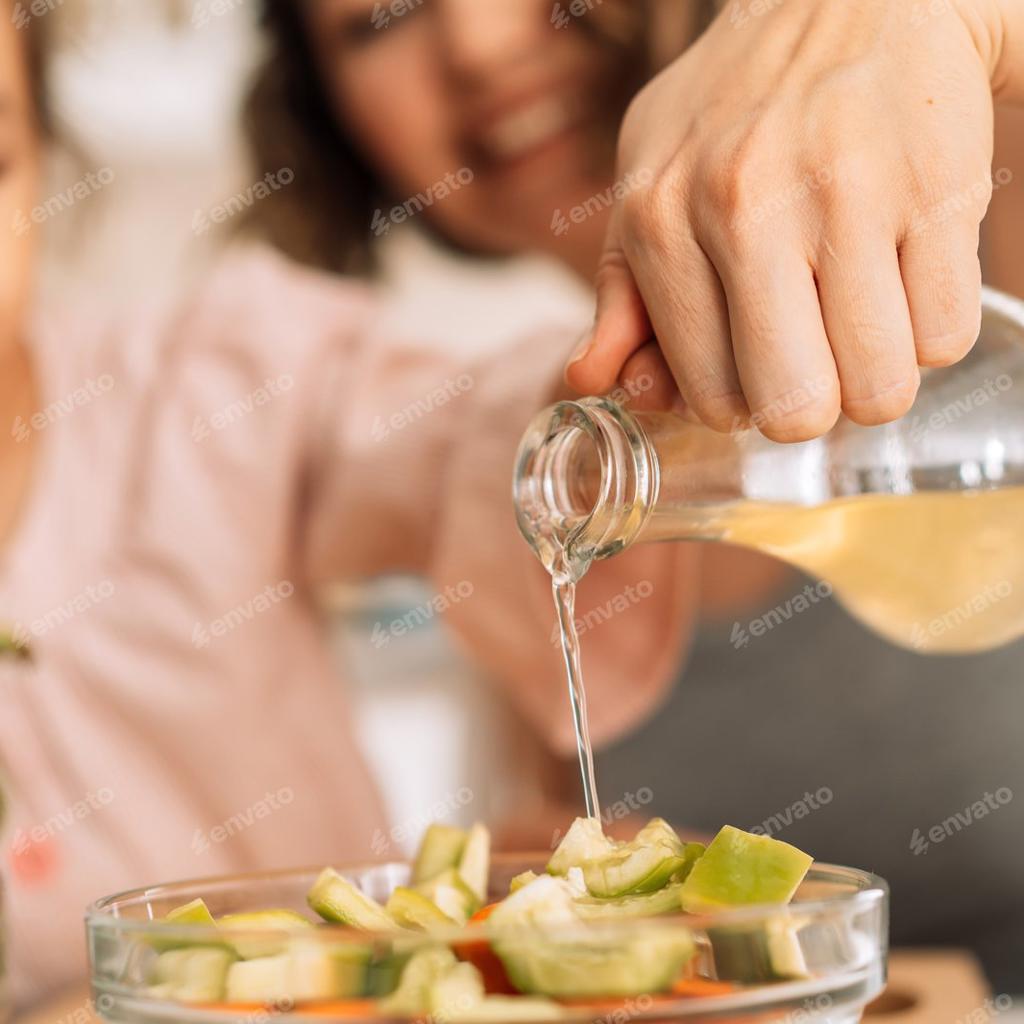

Getting white wine vinegar is simpler than you think. Try it in your recipes to add a touch of freshness to your dishes!
Take a well-washed and dried terracotta container and pour in a bottle of white wine and the unpasteurized vinegar. Cover with a folded cloth and let it sit for about a month for the transformation to complete.
Once you have obtained the vinegar, you can transfer it to a bottle and use it to dress salads, make pickles, or whatever you prefer.
Recipiente di terracotta
Italy
| Energy (kcal) | 44.55 |
| Carbohydrates (g) | 0.3 |
| of which Sugars (g) | 0.3 |
| Protein (g) | 0.22 |
| Sale (g) | 0.01 |